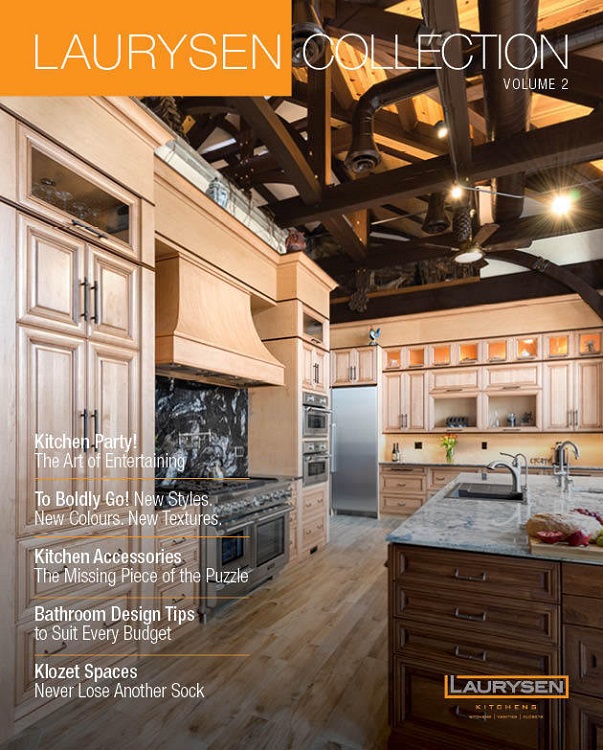Creating a budget is one of the very first things that you should do when planning out a remodeling project of any kind. A budget will help you determine what you can actually afford to pay for without taking on unnecessary debt as well as help you to prioritize your wants and needs. Even with a budget in place, however, it can be easy to exceed it during the remodeling process if you are not careful.
Around 30% of Canadian homeowners report that their renovation projects go over budget. The following ten tips will help you keep your renovations from exceeding your budget.
Planning to Meet Your Budget
Once you know what your reno budget is, creating a plan that will meet it can be real challenge. If you’ve been looking through design magazines it’s easy to become dazzled and set your heart on something out of reach. Here’s how to ensure you’re headed for the right amount of expenditure.
1. Carefully Plan Everything Ahead of Time
Budget successes start with effective planning; as Benjamin Franklin once said, “failing to plan is planning to fail”. The best way to keep under budget is by making sure you plan out every detail before the actual construction process goes underway. This means picking out every material down to the texture and color. Don’t hold off on making any decisions until later – this can lead to costly delays.
2. Look Ahead and Combine Projects
The last thing you should do is space out smaller projects that could be done at the same time. For example, if you’re replacing both your kitchen floors and your dining room floors with hardwood, you might as well do them at the same time. This will save you money, since doing everything at once will be more efficient and therefore less costly.
3. Communicate Clearly with Your Designer and Contractor
Clear communication with your design and construction team is an absolute must for any successful remodeling project. Not communicating clearly (or enough) can lead to misunderstandings about your needs and expectations. As construction progresses, this often results in added expenses to make adjustments so the end result is what you want. Like the old saying goes, “a picture is worth a thousand words” so ensure that floor plans and 3D renders are shared.
4. Budget for Additional Expenses
Don’t forget to allow room in your budget for things besides just the construction part of the remodel. For example, you may want to stay elsewhere during the construction process, which means you may want to allocate funds towards staying in a hotel. You may find yourself wanting to order take out more often if your kitchen is the renovation focus.
Also keep in mind that you’ll most likely have to pay for things like construction permits. If electrical work is involved you’ll need to have an electrical inspection done, and update circuits that are no longer up to code. Some renovations can mean changes to your city taxes or insurance premiums.
5. Budget for Unexpected Problems
Don’t assume that everything will go off without a hitch. You should allocate around 20% of your budget towards dealing with sudden problems that might arise during construction. For example, once your contractor starts opening walls, they may find out that there are structural elements that are rotting that will need to be replaced. Setbacks like these do happen, and you’ll want to make sure you plan for them in your budget.
6. Get Exact Prices
When working with your designer and contractor, make sure you know the full cost of everything, and ask about applicable taxes. Ask for a detailed breakdown, if there are better grades that would cost extra, and if there are any additional fees like delivery.
7. Make Compromises When Needed
If you find yourself really stretching your budget, you may want to consider making a compromise to help keep yourself on target. For example, you may want to consider a composite countertop instead of granite to help you save money without sacrificing the look you were going for. Spend more on the items are more important to you.
You don’t always have to buy new. For example, instead of replacing old and worn out countertops, sinks or bathtubs, consider refinishing them instead. Not only will this save you a lot of money, it will also be done much more quickly and is a way more environmentally-friendly option to boot. Vintage, salvage and consignment stores can also be a great source of unique and budget friendly fixtures and materials.
Not everything has to be custom. If your reno project involves a lot of elements, find out which ones are available in standard configurations. As with clothing, off the rack is cheaper than a tailored fit.
8. Pitch In
Sometimes you can do some of the work yourself in order to have more money to spend on other aspects of your project.
Even if you’re not handy, you can clean up the work area at the end of the day. Many construction teams will clean up the site after the day is over, but will charge their clients for doing this. If you find yourself starting to max out your budget, you can save a little bit of money by doing the clean up on your own.
If you have a few DIY projects under your belt, you can do the painting or perhaps the tiling work in order to meet your budget or have more money for splurging on the details that matter.
Once The Project Starts
9. Keep Track of all of Your Expenses
Just because you’ve planned everything out ahead of time and have a detailed budget, it doesn’t mean that you won’t go over if you’re not careful. Keep track of all of your expenses as you go so that you know what you’ve spent in relation to your budget at all times. This will help you stay on top of the details before things get out of control.
10. Stay on Schedule
Hopefully you know from your planning stage that everything is in order, the permits are secured and nothing is backordered. If any part of the schedule slips, that means other work has to be reorganized, and that can cost money, especially if it involves storing supplies or making other arrangements.
Keep these ten tips in mind to make sure that your home remodeling project doesn’t break your budget. Of course, your experienced Laurysen designer can help you learn what “gotchas” to look for, as well as making sure the final result is everything you dreamed!

